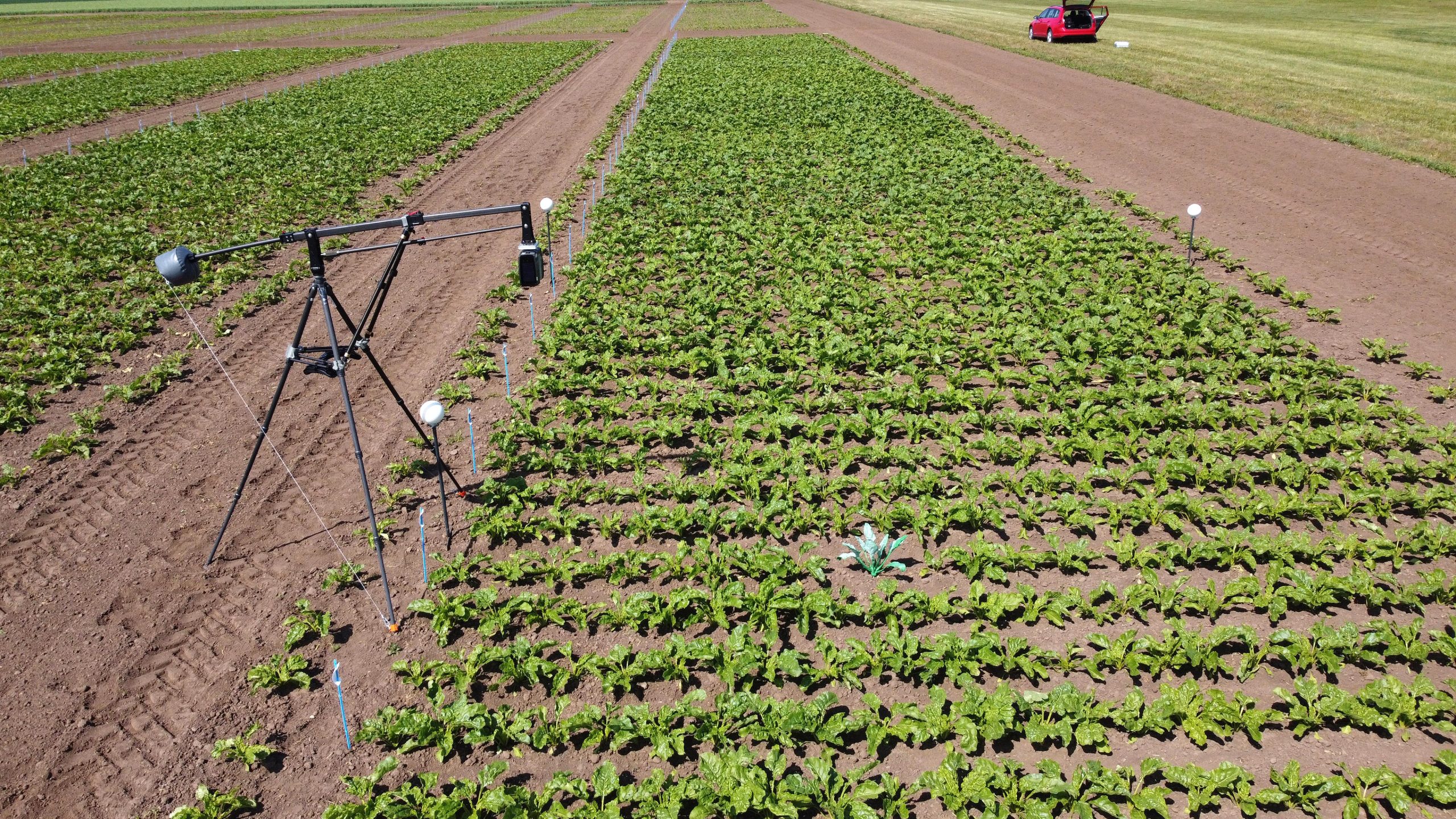Last fall, Jina Kim and two of her friends splurged on a two-night stay at the Ananti at Busan Cove, a luxury resort in South Korea. The resort, where rooms start at $369 a night, features infinity pools, spas, restaurants, a private coastal walk and beach area, and a 4,600-meter Kim and her friends weren’t worried about how they would pay for the trip because they had spent over a decade saving in a “gyemoim“, a Korean term for people who form financial planning groups to save money for future expenses.
Forming gyemoim groups can help friends or families split travel costs equally so everyone can participate, regardless of his or her personal budget. “Honestly, if we didn’t make the gyemoim, then it would have been too difficult for us to arrange that kind of trip,” Kim said. “It would have cost too much.”
Collective financial planning has had a long history in many parts of the world. “It’s actually not unique to South Korea,” said Euncheol Shin, a professor of economics in Seoul. “This practice first developed because there was no financial market, and if you wanted to borrow some money, you had to do some self-financing.”
Each member of a gyemoim contributes what are essentially “club dues” – often between $10 and $50 each month, with the amount decided by the group. As the balance increases, the members discuss how to spend it together. Kim first formed a gyemoim with two friends after they met at a social club in 2014. The three were attending different colleges and believed the gyemoim would allow them to regularly meet up.
Initially, they each agreed to contribute 15,000 won (about $13) every month. Over the next decade, they saved more than 3,000,000 won ( $2,200) before deciding to spend the money on a trip to the Ananti, the resort. By then, the three friends had become busy with their own careers and families, but they remained close, in part, because of the gyemoim. “It allowed us to keep in touch and have a good time together without worrying about the cost,” Kim said.
Gyemoim groups can work in South Korea because of the nature of the country’s social interactions and culture of trust. You could walk into a coffee shop in Seoul and leave your bag without needing to worry.
Forming a group to save is so common in South Korea that one bank is adapting to the custom. KakaoBank now offers a gyemoim group account where friends can share a bank account managed by one designated account holder. Some groups still prefer the “old-fashioned” method – entrusting funds to one member. Gyemoim groups don’t last forever. Circumstances change, friends may’ve a falling-out, someone may no longer want to participate or a new person may want to join. When that happens, it’s up to the collective to decide how to handle it. For a group to be successful, Kim said, members need to share similar interests.
Forming gyemoim groups can help friends or families split travel costs equally so everyone can participate, regardless of his or her personal budget. “Honestly, if we didn’t make the gyemoim, then it would have been too difficult for us to arrange that kind of trip,” Kim said. “It would have cost too much.”
Collective financial planning has had a long history in many parts of the world. “It’s actually not unique to South Korea,” said Euncheol Shin, a professor of economics in Seoul. “This practice first developed because there was no financial market, and if you wanted to borrow some money, you had to do some self-financing.”
Each member of a gyemoim contributes what are essentially “club dues” – often between $10 and $50 each month, with the amount decided by the group. As the balance increases, the members discuss how to spend it together. Kim first formed a gyemoim with two friends after they met at a social club in 2014. The three were attending different colleges and believed the gyemoim would allow them to regularly meet up.
Initially, they each agreed to contribute 15,000 won (about $13) every month. Over the next decade, they saved more than 3,000,000 won ( $2,200) before deciding to spend the money on a trip to the Ananti, the resort. By then, the three friends had become busy with their own careers and families, but they remained close, in part, because of the gyemoim. “It allowed us to keep in touch and have a good time together without worrying about the cost,” Kim said.
Gyemoim groups can work in South Korea because of the nature of the country’s social interactions and culture of trust. You could walk into a coffee shop in Seoul and leave your bag without needing to worry.
Forming a group to save is so common in South Korea that one bank is adapting to the custom. KakaoBank now offers a gyemoim group account where friends can share a bank account managed by one designated account holder. Some groups still prefer the “old-fashioned” method – entrusting funds to one member. Gyemoim groups don’t last forever. Circumstances change, friends may’ve a falling-out, someone may no longer want to participate or a new person may want to join. When that happens, it’s up to the collective to decide how to handle it. For a group to be successful, Kim said, members need to share similar interests.





















Discussion about this post